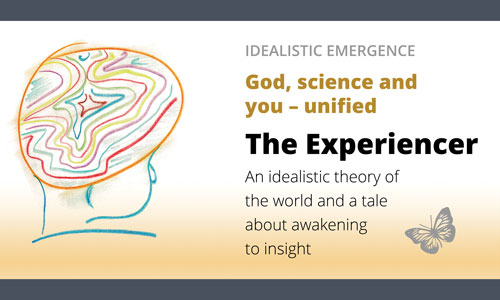I also learned something else at this time, when I was eleven-twelve years old.
In 1972, came a report from the Massachusetts Institute of Technology (MIT) in the United States called
The Limits to Growth.
It was an analysis of the possibilities for economic growth in the future.
The report addressed population growth, industrialisation, pollution, food production, war danger, and access to resources. It showed that if we don't change our behaviour, the world will face an existential crisis around 2050-2070.
The report was very accurate and concrete in its predictions. It scared many and still does – 32 million people have bought the book. The figures and methods have been thoroughly reviewed and confirmed through current observations.
What we experience in our time is in accordance with the gloomiest scenario in the report.
I learned two things from getting to know this scientific work at such a young age.
One was that this is how it goes when the sheep flock mentality prevails. For me, this was something I already knew from my observations. I lived in this knowledge.
The second was that the report presented an entirely new way of thinking; it was about complex dynamics, which was a new and precise way of studying the same flocks of sheep.
My eyes went wide open.
To reach their conclusions, the economists behind «The Limits to Growth» had used the best computer tools and algorithms already invented at MIT to study other complex systems, namely the weather.
They looked at triggers (the butterfly effect), feedback loops (exponential amplification), attractors (normalisation, sweeping problems under the rug), etc.
For me, this went straight in, both as a dystopia and a method of uncovering profound truths and mechanisms.
That is how interaction works in the world; I got confirmed then.
Until this day, the seriousness of these discoveries has not yet been understood in large parts of the world, simply because people don't consider the complexity of things. The vast majority of the population are sheep that go in flocks, close their eyes and hope for the best.
Besides, I learned something else these days when the analytical in me woke up in earnest. I immediately connected the MIT report and my «vision» in the swamp of what physics is and how everything plays together.
That was something quite different from Newton's classical, often linear, mechanics and one-dimensional causal relationships.
Since 1972, I've possessed this fundamental knowledge that has been confirmed repeatedly in all contexts. Complexity dynamics play a significant role in the theory presented in part two of the book you are now reading.
It's
coming later, now you know where it's coming from.
